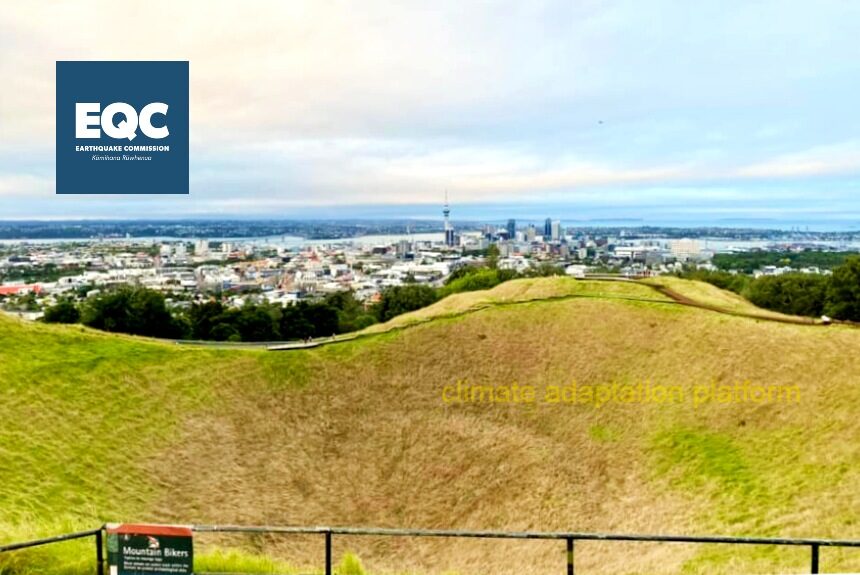New Zealand is a beautiful country, but at the same time, it also has a volatile environment.
Straddling between two tectonic plates, sitting on the Pacific’s “ring of fire”, and in the roaring forties – mighty winds found in the southern hemisphere between the latitudes of 40°S and 50°S, the country is vulnerable to natural disasters such as earthquakes, extreme winds, volcanic activity, landslides, and tsunamis.
Climate change increases the country’s exposure through more frequent and severe extreme weather events and sea-level rise.
The Earthquake Commission (EQC) is a New Zealand Crown entity that works to reduce the impact of natural disasters on people and property in New Zealand (Aotearoa) by investing in natural disaster research, education, and providing insurance to the country’s property owners.
The Risk Reduction and Resilience Team leverages the research and data they fund to advocate, influence, and, where possible, implement the reduction of natural hazard damage.
Risk and Resilience Team’s work and how they will achieve this.
Advocating and Influencing
One of the core aspects of EQC’s work is to reduce the risk and build resilience to natural hazards.
EQC actively engages with the natural hazard risk and resilience sector to support, influence, and enable better decisions at the national and local levels.
Fund and generate information to understand better the hazards and guide actions to reduce the risks from hazard events.
Strengthen the delivery of the EQC Resilience Strategy for Natural Hazard Risk Reduction through thought leadership and expertise to make a positive impact across the public and private sectors.
They work with various stakeholders to collaborate on matters of local and national significance, generating hazard scenarios, plans, and programmes that identify gaps and opportunities for the sector and establish ways to work for the communities.
They also provide expertise to serve public interests, support public education campaigns, and reduce risk and resilience uncertainties.
Risk Information
Another key focus for EQC is how New Zealanders access, use and interpret natural hazard information. EQC’s mandated research and education function allow them to build data and knowledge, create meaning, develop new insights by translating ideas and interpreting science, and ensure this knowledge provides evidence for positive planning outcomes.
Risk information can help inform property purchase decisions, prioritize risk reduction actions, and make better land-use decisions, both now and in the future. Specific information on risk and natural hazards on a home-by-home basis include:
- Insurance information; Natural hazards exposure mapping
- Home-specific vulnerability characteristics
- Risk and loss modelling
- Translating risk information into risk reduction options
Develop an EQC Risk Portal. The EQC is developing a public, self-service portal that houses comprehensive data and information on New Zealand’s risk. It will have tools to encourage risk-informed decision-making, targeting individuals at the community, local, regional, and national levels to have a valuable ‘go-to’ source for risk information associated with natural hazards.
Risk reduction
Facilitate methods of reducing and preventing natural hazard damage and invest in risk reduction and building resilience to reduce the impact of natural hazard risks on New Zealanders.
For more EQC information, visit the site:
PHOTO CREDIT: Bethany Waugh



Leave a Reply